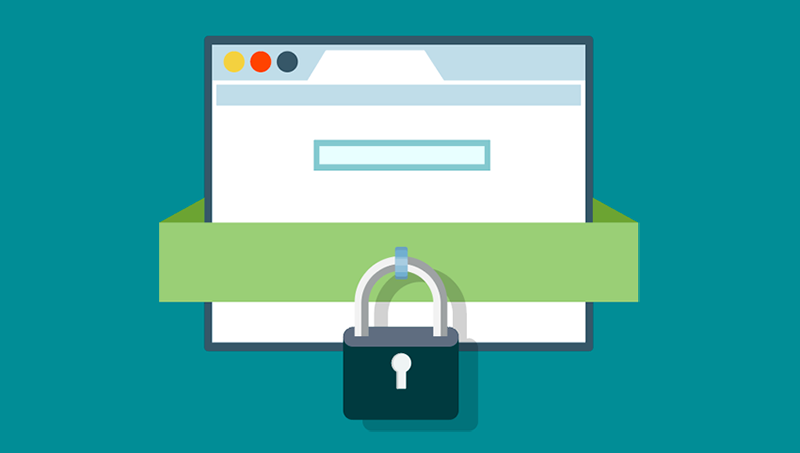Identity and access management (IAM) focuses on one core idea—limiting access to corporate resources to secure systems and data. As an essential component of your security architecture, it lends a hand in authenticating your users’ identities before granting them the proper amount of access to workplace systems and information.
Although the phrases identity management, authentication, and access control are sometimes used interchangeably, they each serve as separate layers for business security procedures. While IAM is just one part of cloud security, it is an extremely important one. Therefore, organizations should consider IAM as a vital component of an organization’s overall security posture and add an integrated layer of security to the organization’s application lifecycle.
What Is Identity and Access Management?
IAM is a cloud service that manages user and resource access and authorization. IAM policies are collections of authorization rules that can be applied to users or cloud resources to regulate who has access to what and how. IAM also plays an important role in cloud data security. It gives you complete control and visibility over how cloud resources are managed centrally.
In the past, organizations used on-premises IAM software to manage identity and access controls. Though, as businesses include an IT managed service provider such as Milnsbridge, the management of identities becomes increasingly difficult. Thus, it makes sense to employ cloud-based Identity-as-a-Service (IDaaS) and cloud IAM solutions.
Why Do You Need Identity and Access Management?
User identities and access rights can be created, captured, documented, and managed with the assistance of technology known as IAM. All users are verified, given permissions, and evaluated as per the policies and roles.
If IAM operations are not adequately regulated, the organization may not be in compliance with regulations, and management may not be able to prove that company data is not at risk of being exploited during audits.
Security
One common area for improvement in conventional security is the password. If even one user’s password is compromised, your entire organization is at risk of being attacked. IAM services eliminate potential failure points, give customers the tools they need to support those points, and find mistakes as they occur.
Productivity
After logging into the main IAM site, your staff won’t need to worry about whether or not they have the proper permissions to perform their duties. Therefore, not only does every worker have access to the most appropriate tools for the job, but your IT staff can also control access on a per-role basis rather than having to deal with each employee separately.
What Does an IAM Implementation Strategy Include?
The core of the zero-trust architecture is least-privilege access and identity-based security policies. Hence, an IAM solution should be developed with these concepts in mind. These principles rely on the idea of least privilege access in which access is given to a user only to the parts of the system they need to use to carry out the functions of their role.
Secure Access
Identity-level security is critical. An IAM must ensure that the identities of persons logging in are verified before they are granted access. Installing MFA or using MFA in conjunction with adaptive authentication enables the organization to take into account the circumstances of the login attempt, such as location, time, etc.
Zero-Trust Principles
An organization’s IAM system continuously monitors and secures its users’ identities and access points under a zero trust policy. But zero trust practices ensure that every employee is consistently recognized and their access is regulated.
Central Identity Management
Managing who has access to what resources at the identity level is a major pillar of the zero-trust model. Therefore, having centralized management of the identities in question can make the implementation of this strategy significantly easier. This may require moving users from one system to another or, at the very least, synchronizing your IAM with other user directories in your environment, such as a directory for human resources. Alternatively, this may be accomplished by moving users from one system to another.
Privileged Accounts with Encryption
In an access control system, not every account is created equally. Accounts having privileged access to sensitive information or special tools can be given a level of protection and assistance appropriate to their role as an organization’s gatekeeper.
Training and Assistance
IAM service providers typically offer customer assistance and training to ensure the continued viability of your IAM installation and its end users.
Policy-Based Management
Users should only be given the permissions necessary to complete their assigned job, no more. Users ought to be given access to resources by means of an IAM, and that access ought to be contingent on their department, work description, or any other traits that seem appropriate. These policies may then guarantee that resources are secure as part of the centrally controlled identity solution, regardless of where they are being accessed from.
Conclusion
Cloud service providers offer an excellent starting point for the implementation of a least-privileged method of handling permissions. As the adoption of cloud computing becomes more widespread in your business, the issues outlined above and other additional complications will emerge, and you may need to investigate multi-cloud solutions to resolve them. But cloud-based IAM is a strong first step in the war against cyber threats.
Follow Techdee for more!
